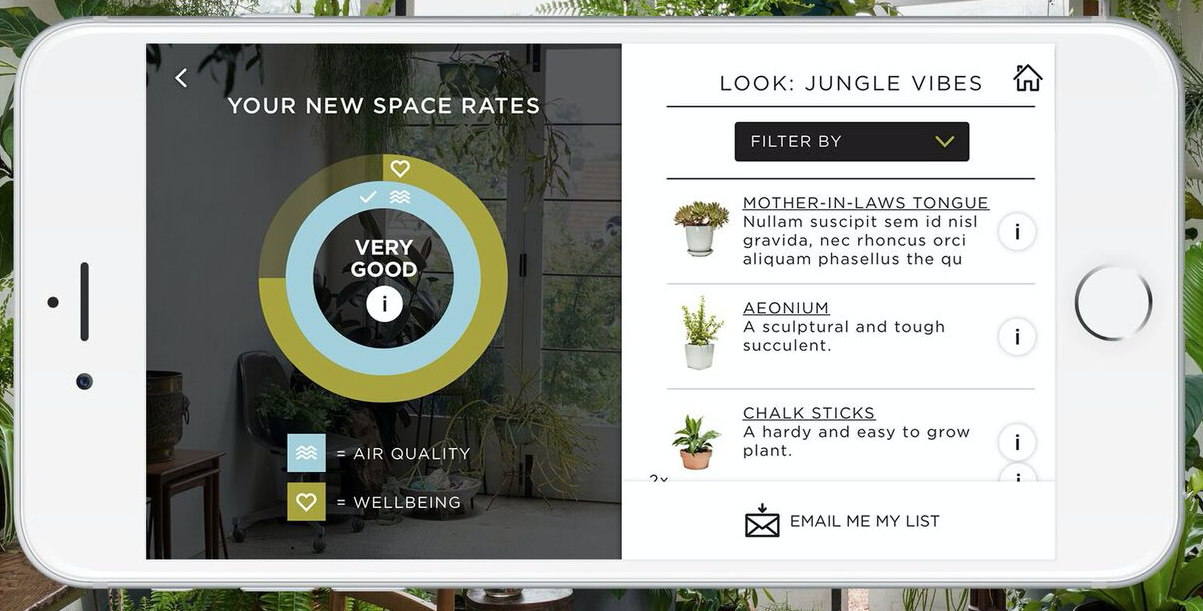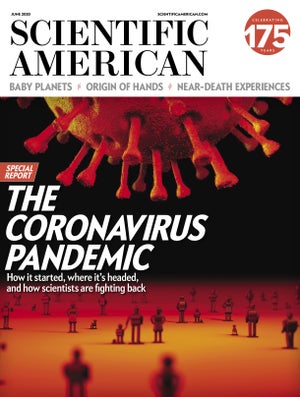Augmented Reality in Different Settings, Proper Email Etiquette, and Scientific American
Augmented reality is on the rise and it is evolving technology by allowing individuals to look through a lens and make it as if all the effects of it were real. This new technology can work in an abundance of ways in which could facilitate the learning of new diseases and even advance other disciplines at the same time.
Augmented Reality in the Hospital
With some of the latest medical advances within the last couple of decades being diagnostic imaging such as ultrasonography, mammography, computerized tomography (CT), and magnetic resonance imaging (MRI), doctors are able to process the severity of the case within a few hours. With that being said, augmented reality (AR) is something that would help doctors out because it would show the physical world on a virtual screen so that the doctor can try as many times on the screen as they want without failing. However, the flaw with this is that they would have to do it in a timely manner due to the time crunch of the actual patient on the hospital table.
In various high-end research hospitals such as Standford, Duke, and Johns Hopkins, there are AR prototyping applications in medicine so that a surgeon that is using Microsoft's HoloLens headset would be able to see the images along with the data of the patient all while keeping their eyes right on the patient. The AR would also be beneficial for medical students or any type of student that is looking into the health care industry because it would allow for the students to view complex procedures and issues without even having to touch them. I think that in the future, this will become a thing and would be integrated into the curriculum because AR would help students succeed by optimizing the resources to facilitate their success in becoming a doctor.
Augmented Reality in Your House
Sometimes at home, you might feel as if you aren't getting as much air as you're supposed to. Sometimes you might wonder if you watered the plant enough or not. With augmented reality, you are able to view how much you've taken care of your plants at home through your phone and without even having to touch your plants, similar to augmented reality in the hospital. With the advancements of technology in the coming years, we will be able to see how many plants could fit inside a room and see whether the room is even healthy or not by checking the airflow.
By using augmented reality, we will now be able to see the different types of plants and how much air they give off depending on how well it is doing. This is a huge step in terms of air cleanliness inside homes because it makes the living space more bearable to live in along with allowing for improving air quality and well-being. In a larger environment like an office or an auditorium, plants would be placed at the corners and by using the Plant Life Balance app, we would know how many plants to place and where to place them. Along with tracking the data of the air through augmented reality, pollen, dust, soot, and smoke can also be tracked to allow for the best impact on the plants. In addition, this augmented reality app can be superimposed onto a room, just like augmented reality in the hospital which would facilitate the easiness of use for the app.
Augmented Reality in Olympia, Greece
Olympia, Greece is the birthplace of the Olympic Games. However, many of the structures there today are completely different structures than they would have looked like hundreds of years ago due to weather and other environmental factors. I remember when I visited Olympia, the track was so empty and there was nothing but grass and dirt, and a place where the contestants lined up. With augmented reality, we are able to see Olympia, Greece at its prime and without any structural damage from environmental factors. Structures at Olympia could have been seen and could help build virtual representations of what it was actually like being in ancient Greece during the Olympics.
I think that with augmented reality being on the rise, tourism will definitely use this more for tours and educational purposes because it teaches individuals a lot about the history and culture of the certain thing being explored. For me personally, I would love to experience augmented reality to see my culture and to see what my parents lived like back in the day. The only limitation of augmented reality is the battery life and malfunctions of distances of structures, but other than that augmented reality is set for something that has a lot of potential.
Knowing When and What to Send via Email
We all know that the internet can be a scary place that can take all your information in a matter of a few clicks. However, this can all be avoided by simply being mindful of what you do online and what you send to another. Whether you're working for a company or for a small business, if you connect to the wifi, the company can access and see everything you're doing on your device. This means that you have no privacy and that you need to watch what you do just as if your supervisor is sitting right in front of you. Like Ochs explained throughout chapter 7, everything about technology today is all about sharing. This is because if you connect to the wifi of someplace other than your own, other people can access it and see what you're doing on it without you even knowing it.
With regards to sending out an email, Ochs gave the advice to proofread the email over and over, and to show it to other people before sending it out. This is because emails can be shared with anyone and are very sensitive in terms of information. If you send out an email that you didn't mean to at your workplace, then that email could be shared with dozens of people, eventually reaching your boss, which wasn't your intention in the first place. I liked how Ochs said to write an email like you're going to communicate with someone that has the job that you aspire to have. This is great advice because it will stop you from writing a poorly written email with many grammatical flaws along with not leaving a professional impression. Other than that, an email is to be short and concise with details that are sensitive since it could be shared.
Scientific American
This week, I discovered a new app called Scientific American, which is an app where you are able to view scientific articles with regards to advancing disciplines and technology all while keeping the content concise. There are hundreds of magazines that you can browse for which is about seven dollars per magazine for each month. These different issues range from space and physics all the way to the latest news. However, if you don't want to pay for a magazine and want to take the cheap route, there are free stories that can be viewed and can be saved to a 'scrapbook' within the app. The only limitation with this feature is that you are only able to view the story as you add them. This means that you can't view the third story you added first because the scrapbook is ordered by the date added. The top stories tab has the free articles but they aren't updated regularly. I found that after downloading the app that there was no story after the third day, but there was a story on the fourth day. This means that it isn't being updated regularly or it means that there isn't enough scientific information being produced out there. Other than that, there isn't really too much to add about this app other than it being a nice news source in regards to science. At the end of each article shows the author(s) and a little description of them.






Comments
Post a Comment